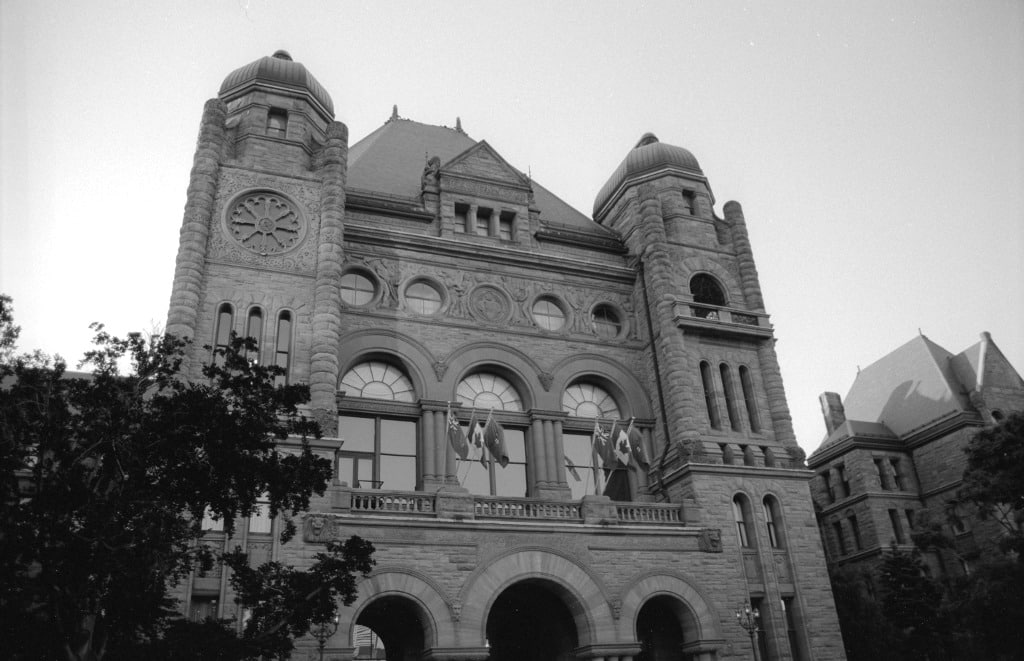The last 24 months have seen tremendous highs in the real estate market; and with many buyers priced out of the market- or at least the homes they envision for themselves, politicians at all levels are no longer able to ignore what’s transpiring. Even as the market relaxes with higher interest rates, policy changes and prescriptions are being passed down from the Federal government’s 2022 budget, and in the platforms of all parties in the 2022 Provincial election.

Budget 2022 introduced a number of new measures from the federal Liberals designed to make incremental affordability improvements to younger, first-time buyers. The First-Home Savings Account (FHSA) is a tax-free savings account designed to allow up to $40,000 to be saved, tax-free, for the purchase of a primary residence. The account is available to anyone under 40 years old, who has never bought a home before. The Feds have also doubled the first time buyer tax credit to $10,000- creating a $1,500 non-refundable tax credit that can be split between co-owners, which helps offset legal & closing costs on a first purchase.
The Federal government has also posed changes to the taxing of house flipping income. Previously flipping as a “business” saw the income from the flip taxable as business income, whereas speculators who owned property for a short period of time could see their gains taxed as capital gains. Under their new guidelines, homes owned for less than 1 year would be subjected to taxation as if the gains were income, effectively doubling their tax liability as a means of deterring the practice.
Housing is a hot issue on the campaign trail in Ontario this summer too, with each party’s platform seeking, in some capacity, to address the affordability issues being seen across the province. The Ontario PC Party introduced the More Homes for Everyone Plan in April, with a number of items stemming from their recent Housing Affordability Task Force report. Ultimately, they plan to boost supply of homes in Ontario by 1.5 million over the next ten years by removing red tape, ushering units to market through expedited planning and approval channels, boosting the number of new tradespeople in the province and discouraging land speculation in favour of putting the land to its best use.
They also plan to unlock surplus Provincial lands for redevelopment into affordable & non-profit housing, and providing additional support to address mental health issues and eliminate chronic homelessness through upstream interventions.
The Ontario NDP agrees with the number of new housing units required, at 1.5 million over ten years, but has a different approach to seeing them to completion. They propose creating a provincial builder, a public corporation, to build new homes in a not-for-profit capacity. Their platform also includes the bold step of eliminating exclusionary zoning in an attempt to encourage building of the “missing middle”, most stacked, infill and mid-density product that currently isn’t permitted within areas zoned for “single family residential”.
The Liberal Party of Ontario’s plan for creating the 1.5 million units they’re proposing involves the creation of a public corporation responsible for lending to builders to help them with the financial requirements of bringing homes to market. They also want to make 3-unit, two storey properties legal anywhere a single-family house can be built and ban non-resident ownership of homes in Ontario.
The Green Party of Ontario is seeking to eliminate blind bidding in the real estate process, and also mandate seller-funded home inspections when a home is listed for sale. They’ve also proposed mandatory “inclusionary zoning” that necessitates a 20% percentage of buildings over a certain size must be made “affordable”.
Ultimately some of these programs will have more profound impacts on the market than others. Where some prescriptions seek to fix one element, like many medications, there are side-effects that come along with them. The goal of more affordable housing is certainly something that first-time buyers and tenants alike would welcome.
As the market continues to change rapidly, with new influences and threats from every level of government, it’s important to work with professionals in tune with the dynamic environment. From mortgage rates and policies, to new development rules, taxation and more, there are countless factors that affect the real estate market nationally, provincially and federally. As a buyer, seller, or keen watcher, real estate is always a hot topic, and with some much up in the air in 2022, that isn’t changing anytime soon.

